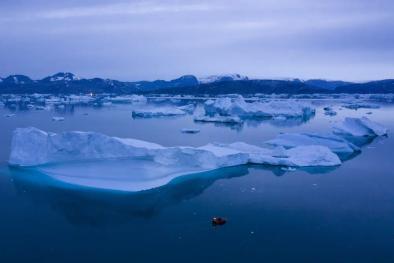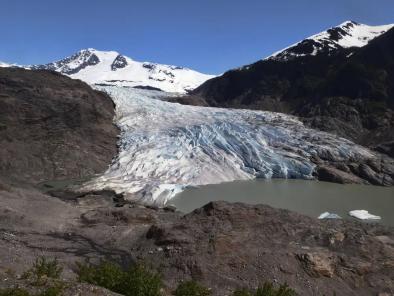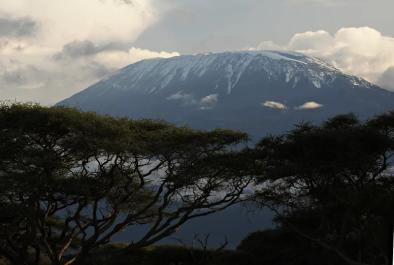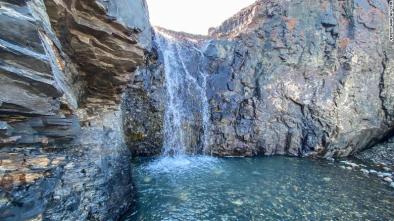Canada's high Arctic glaciers at risk of disappearing completely, study finds

Hundreds of glaciers in Canada’s high Arctic are shrinking and many are at risk of disappearing completely, an unprecedented inventory of glaciers in the country’s northernmost island has revealed.
Using satellite imagery, researchers catalogued more than 1,700 glaciers in northern Ellesmere Island and traced how they had changed between 1999 and 2015.
The results offered a glimpse into how warming temperatures may be affecting ice in the region, from glaciers that sprawl across the land to the 200-metre thick ice shelves, said Adrienne White, a glaciologist at the University of Ottawa.
...
White’s study, published last month in the Journal of Glaciology, found that the glaciers had shrank by more than 1,700 sq km of over a 16-year period, representing a loss of about 6%.
A previous study of glaciers in the region – which used air photos and did not include ice shelves – showed a loss of 927 sq km between 1959 and 2000, hinting that the pace of loss may be increasing.
Of the 1,773 glaciers tracked by White, 1,353 were found to have shrunk significantly. A handful had disappeared altogether: “What we found is a loss of three complete ice shelves,” she said. “In terms of glaciers that terminate on land, we’ve lost three small ice caps.”
None of the glaciers in the study showed any signs of growing.
...
She attributed the findings to an increase in temperatures. Canada’s Arctic – one of the world’s most glaciated regions – is warming at one of the fastest rates of anywhere on Earth.
In northern Ellesmere Island, the annual average temperature in the region increased by 3.6C between 1948 and 2016.
In particular, “there seemed to be a shift in the mid-90s,” she said, describing it as a “sudden increase in warming,” that saw temperatures increase at about 0.78C per decade between 1995 and 2016.
Related Content






